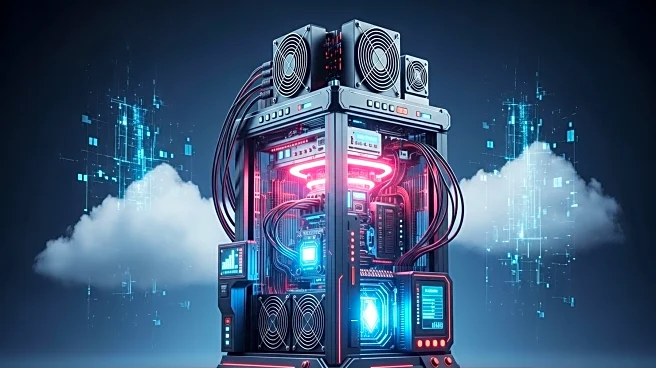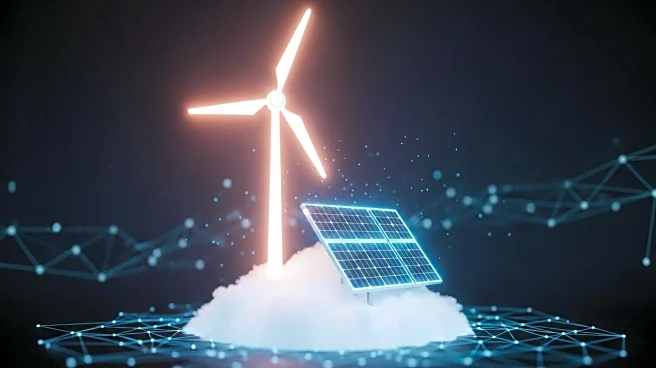What is the story about?
What's Happening?
Bitcoin miners are facing increased challenges due to rising network difficulty and fluctuating revenue, compounded by high upfront hardware costs and electricity expenses. These factors are squeezing profit margins, making operational efficiency crucial for survival. Companies like Everminer, Bitdeer, and CleanSpark are adopting diverse strategies to tackle these challenges, including optimizing financial management, building relationships with the energy grid, and expanding into new computing markets. The network's difficulty has reached record highs, with a recent increase to over 136 trillion, marking the fifth consecutive rise since June. This surge, driven by more computing power joining the network, has weakened miner revenues, with hashprice falling to its lowest level since June. September's poor price performance has further reduced miner rewards, contrasting with the more profitable trend seen in August.
Why It's Important?
The rising costs and network challenges in Bitcoin mining have significant implications for the industry. As profitability is squeezed, miners must innovate to remain viable. This situation affects not only the miners but also the broader cryptocurrency market, as mining is essential for Bitcoin's operation. Companies that successfully navigate these challenges can maintain their competitive edge, while those that fail may face closure. The strategies adopted by miners, such as geographic diversification and energy grid partnerships, could lead to more sustainable practices and influence regulatory approaches. The industry's response to these pressures may also impact the future of cryptocurrency mining and its role in the global economy.
What's Next?
Bitcoin miners are likely to continue exploring new strategies to mitigate rising costs and network challenges. Geographic diversification and partnerships with energy grids may become more prevalent, as miners seek stable and cost-effective operations. Additionally, some miners are considering diversifying into High-Performance Computing (HPC) and Artificial Intelligence (AI) services, leveraging their existing infrastructure. This pivot could open new revenue streams and reduce reliance on traditional mining operations. As the industry adapts, regulatory changes and technological advancements will play a crucial role in shaping the future landscape of Bitcoin mining.
Beyond the Headlines
The shift towards geographic diversification and energy grid partnerships highlights a broader trend in the Bitcoin mining industry towards sustainability and resilience. By aligning with renewable energy sources, miners can reduce their environmental impact and contribute to grid stability. This approach may also influence public perception and regulatory policies, as the industry demonstrates its commitment to eco-friendly practices. Furthermore, the potential diversification into HPC and AI services reflects the industry's adaptability and willingness to explore new opportunities, which could lead to long-term growth and innovation.
AI Generated Content
Do you find this article useful?













